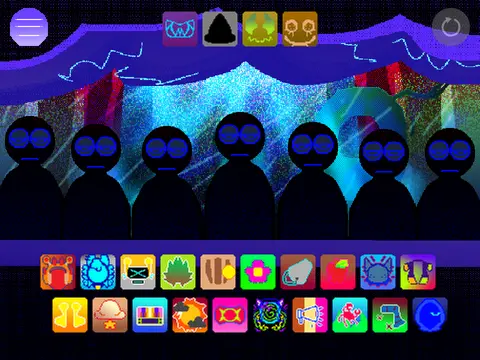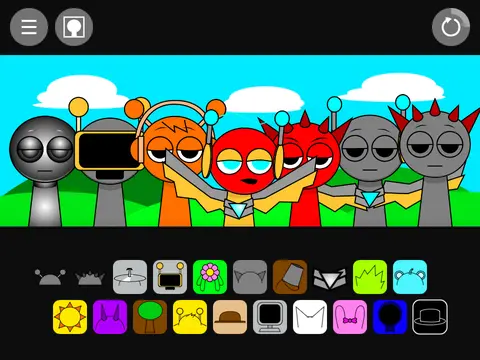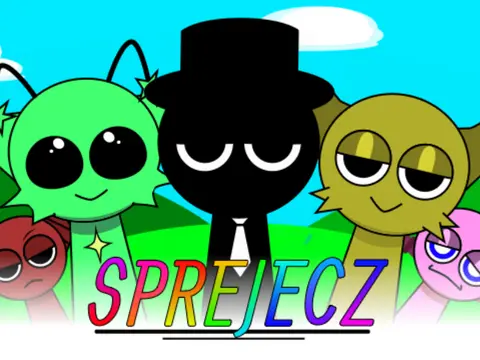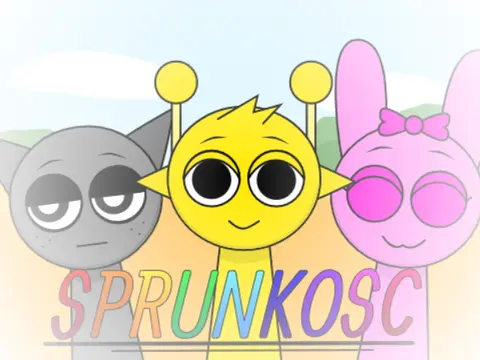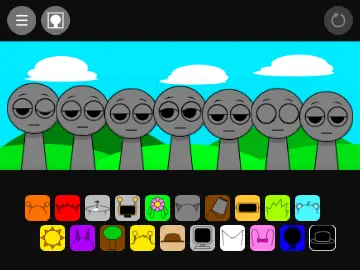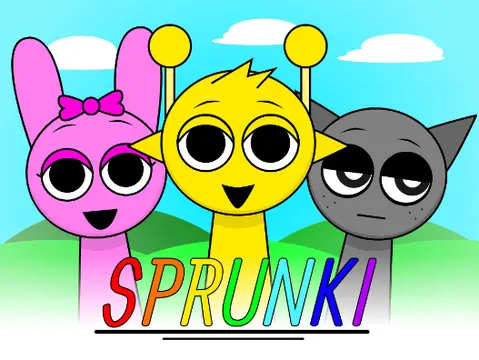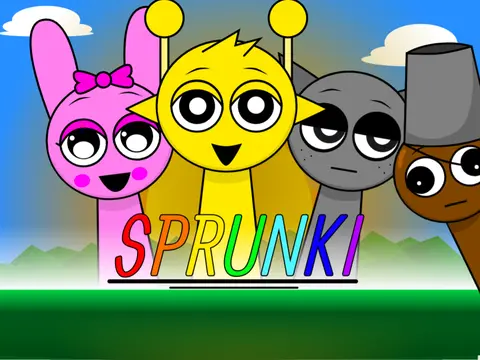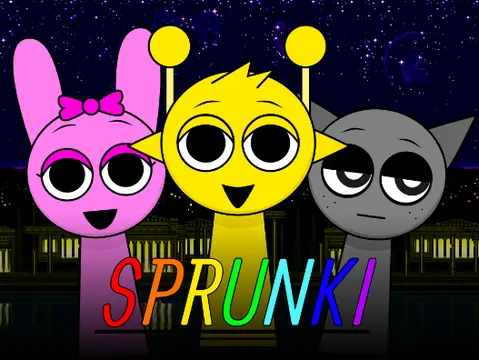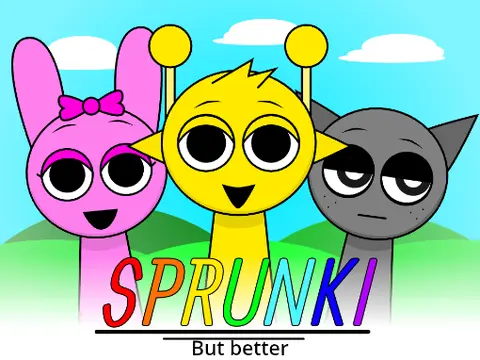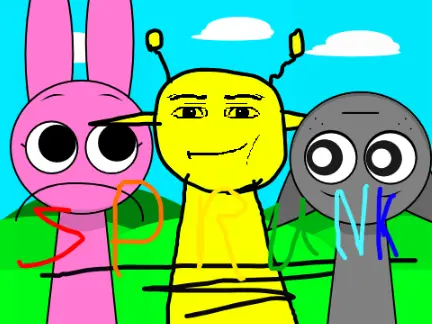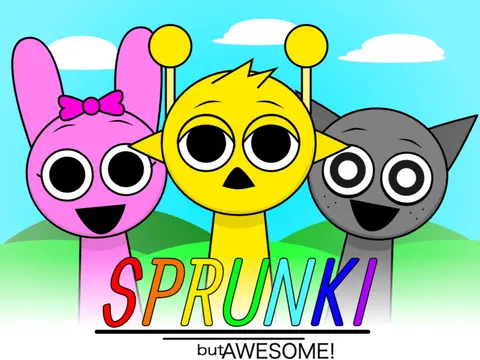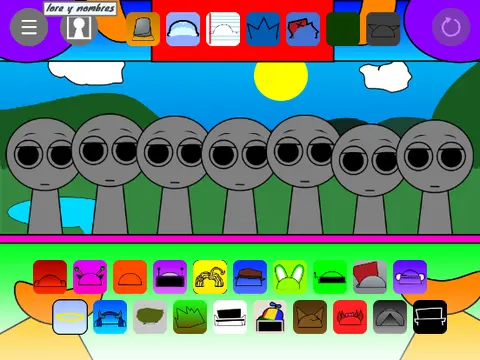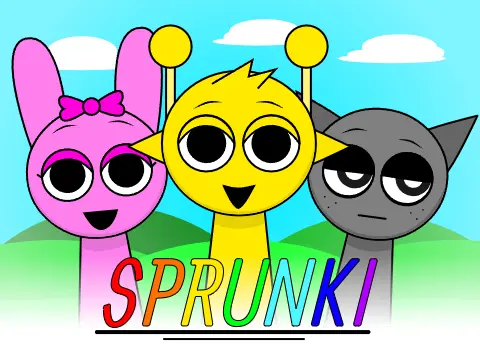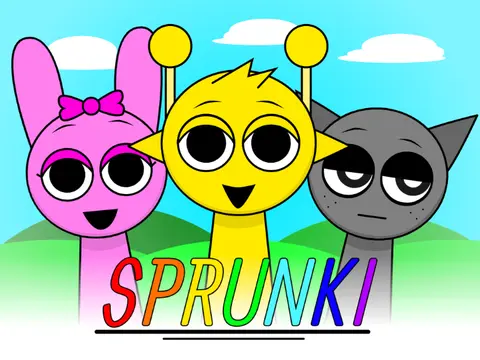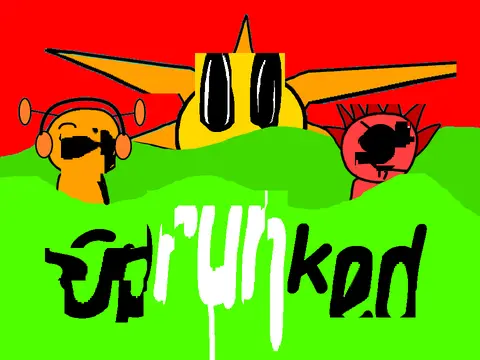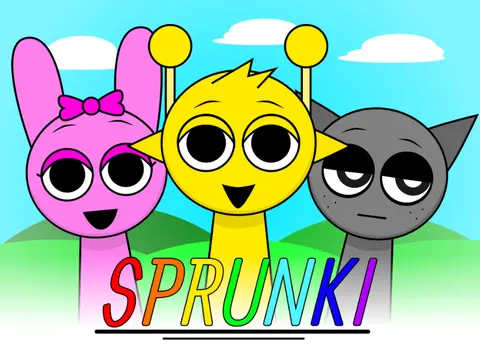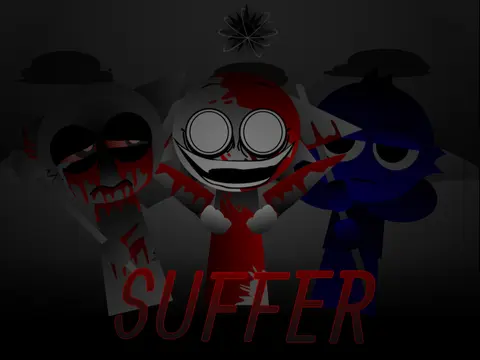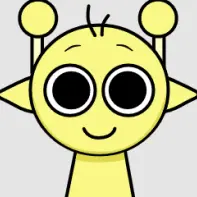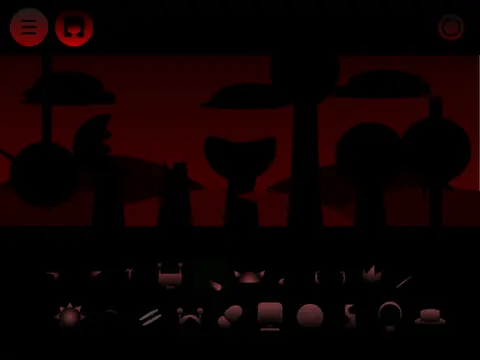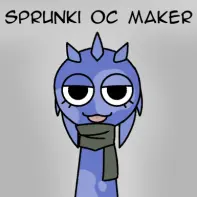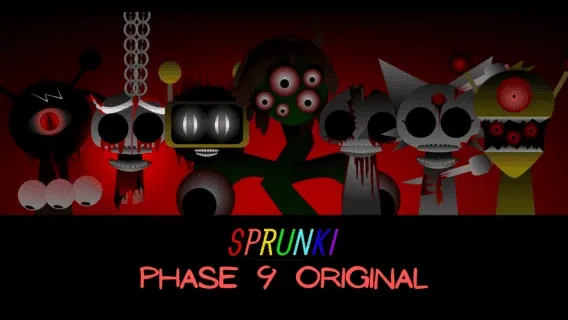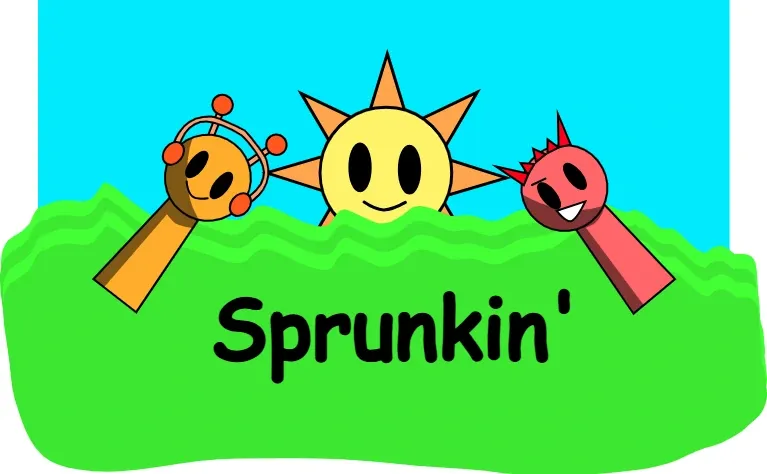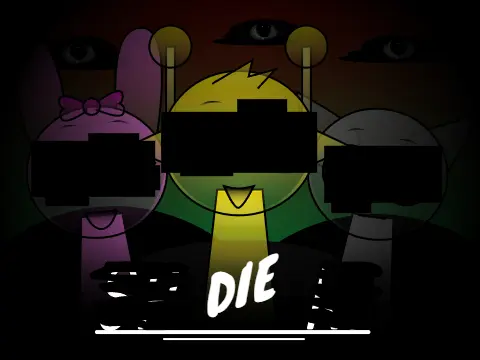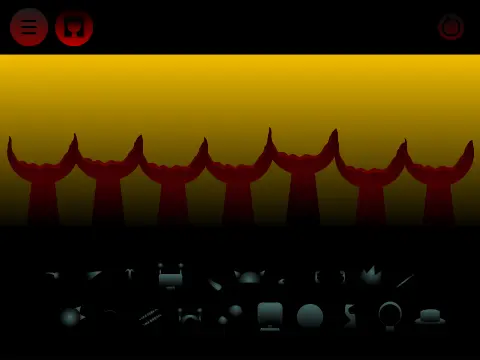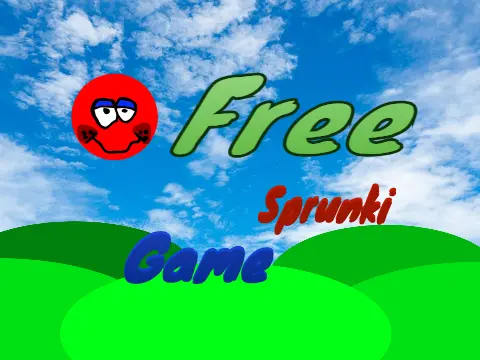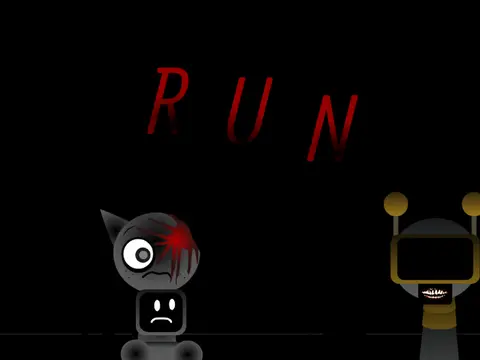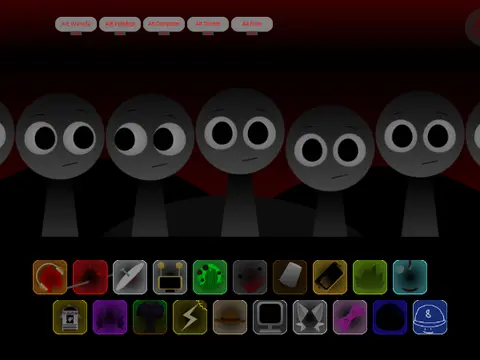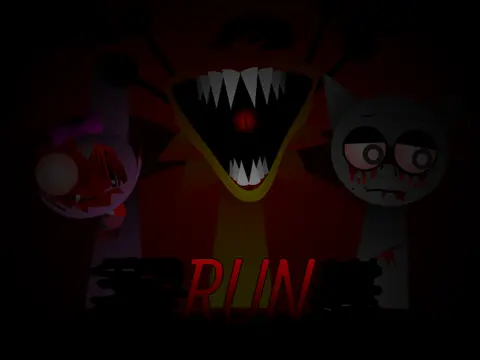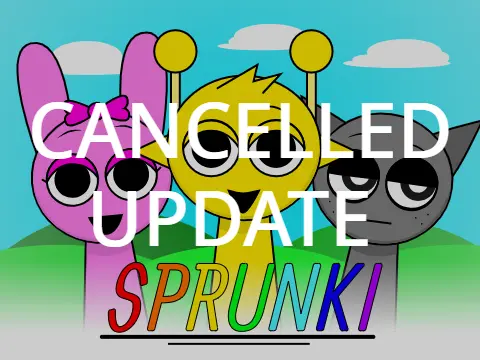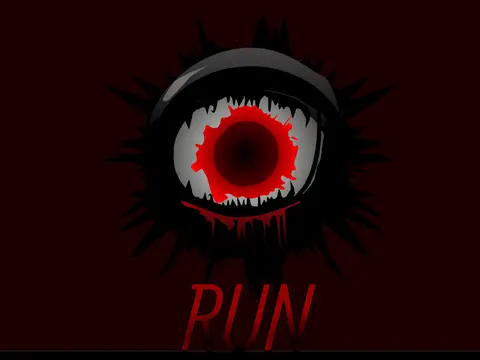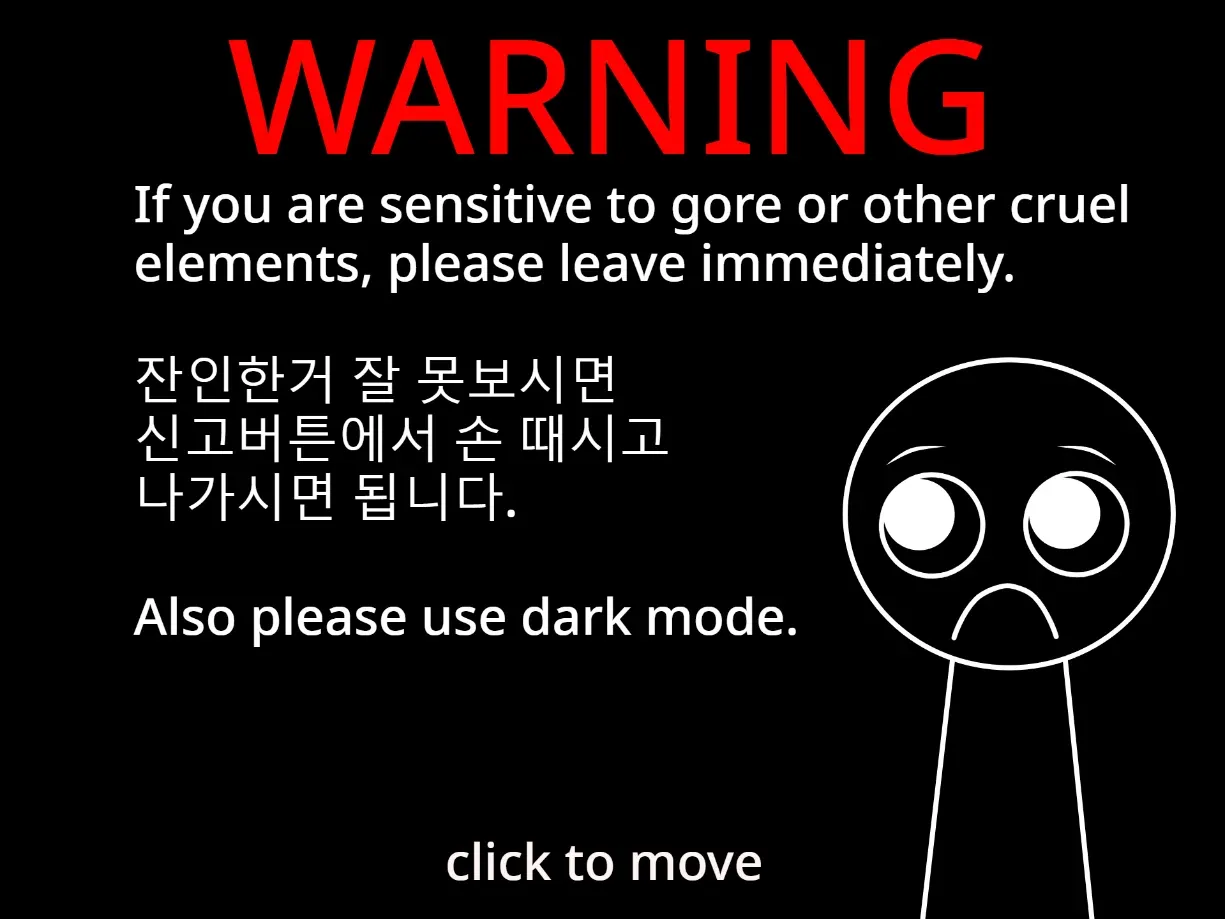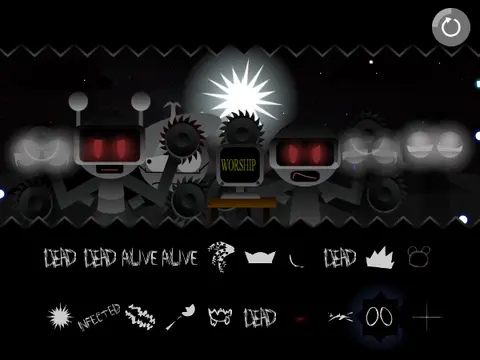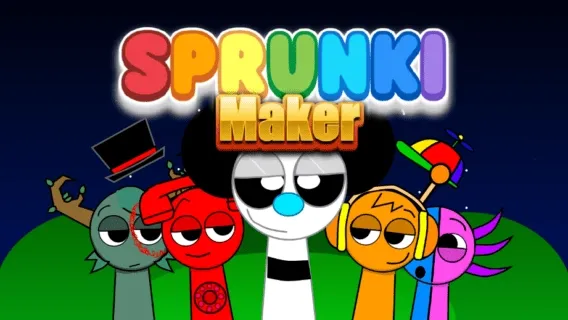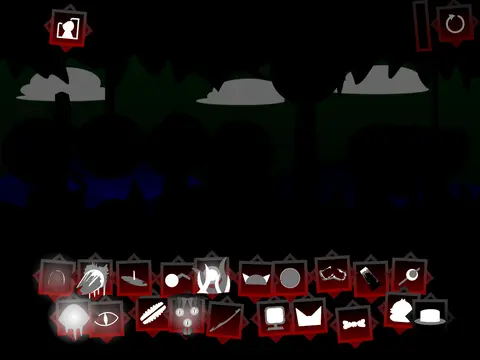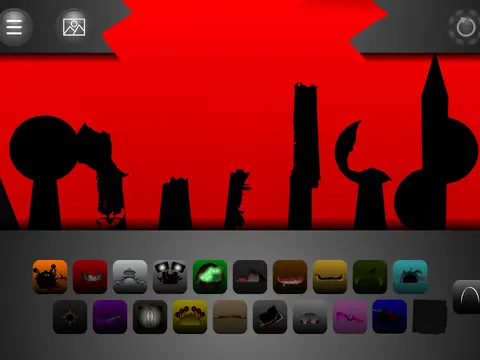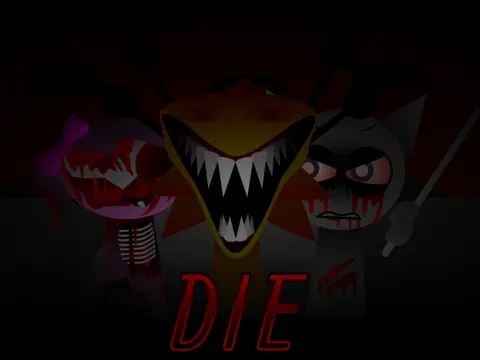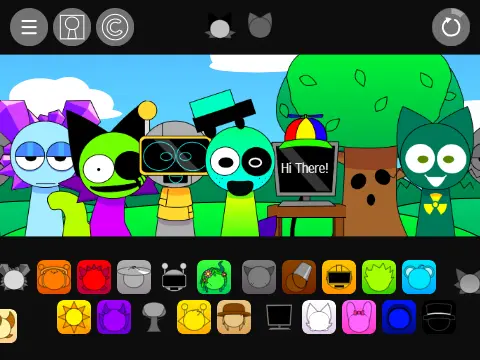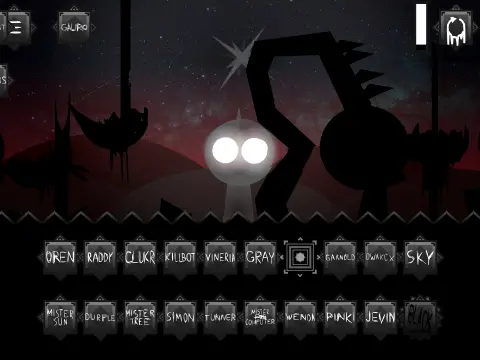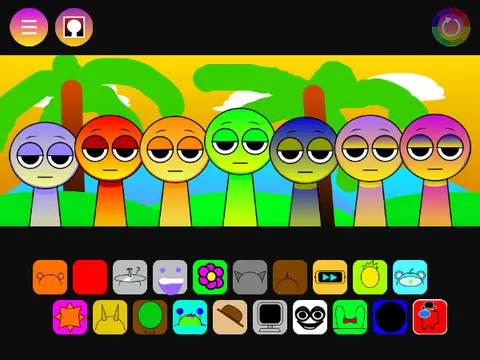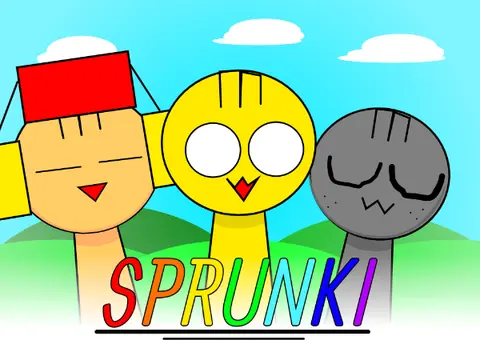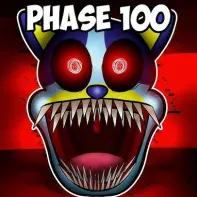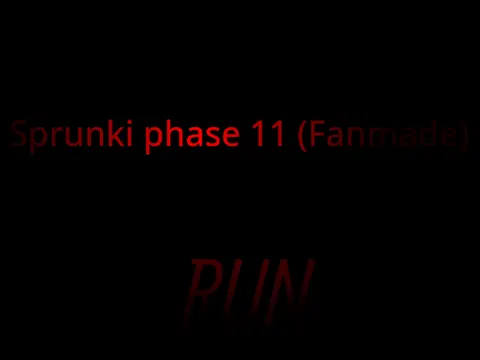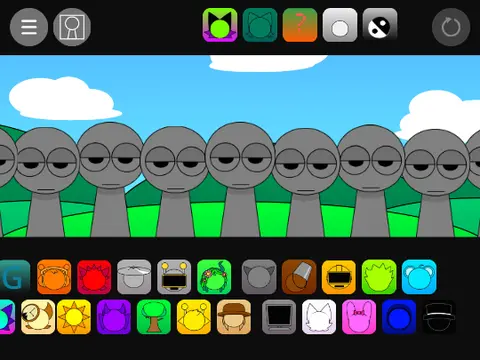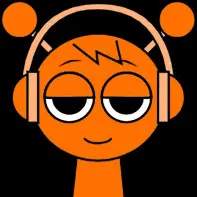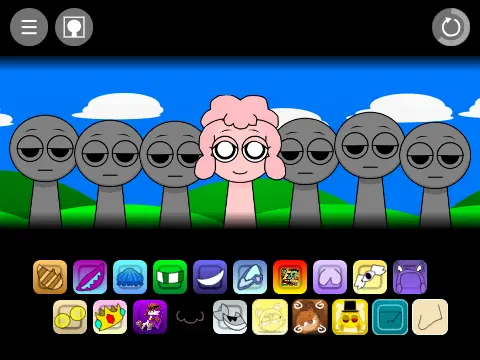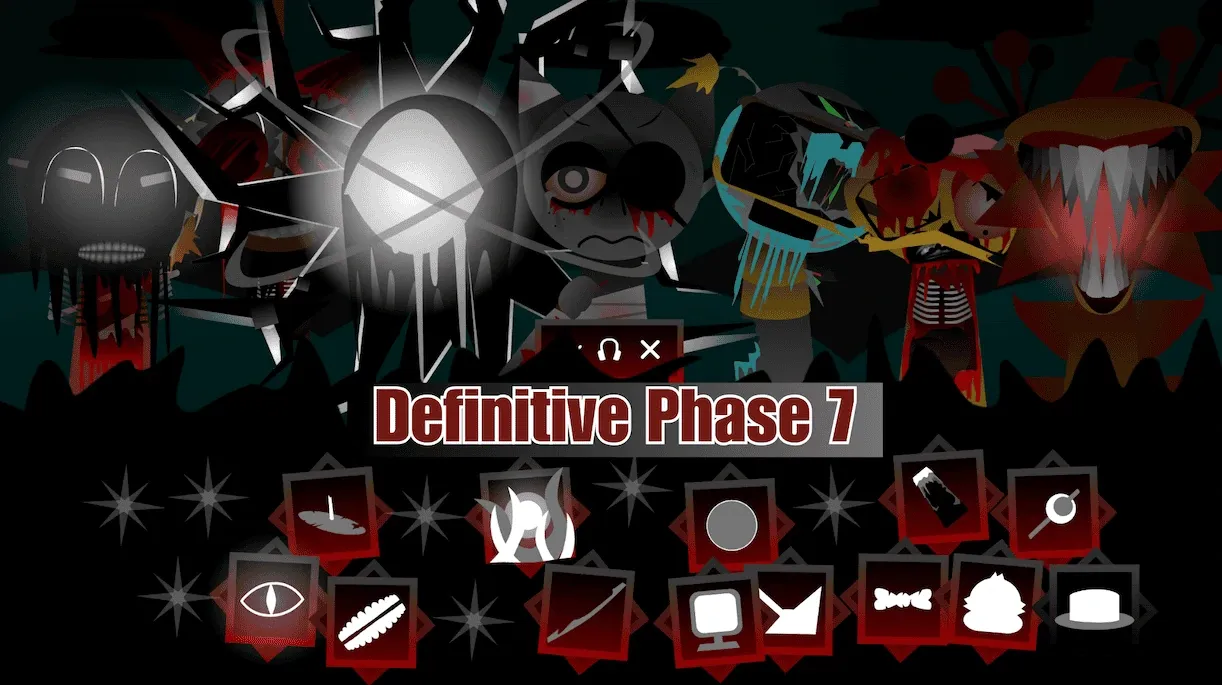sprunki - sprite pyramixed version in scratch
What is Sprunki Sprite Pyramixed Version in Scratch?
Sprunki Sprite Pyramixed Version in Scratch is a custom modification of the popular Sprunki music game created using the Scratch programming platform. This version features unique pixel art sprites and a pyramid-themed visual design that distinguishes it from other iterations of the game. Developed by community members within the Scratch ecosystem, this version maintains the core music creation gameplay of dragging and dropping sound icons onto characters but implements it through Scratch's block-based programming environment.
The game showcases custom-designed sprite characters with a distinct pixel art aesthetic, arranged in pyramid formation rather than the typical linear lineup. This pyramidal arrangement adds a visual hierarchy to the characters that can correspond to their musical roles – for example, foundational sounds might be represented by characters at the base of the pyramid, while melodic elements occupy higher positions. The Scratch implementation allows for smooth animations and responsive controls despite the platform's limitations, demonstrating the creativity of the community in adapting the Sprunki concept to different technical environments.
How does Sprunki Sprite Pyramixed Version work?
Sprunki Sprite Pyramixed Version in Scratch operates through the Scratch programming environment, using custom-coded blocks and scripts to recreate the Sprunki music experience. The game utilizes Scratch's sound processing capabilities to play and layer multiple audio samples simultaneously. Each character sprite is programmed to respond to click or drag events by playing their assigned sound and displaying an animation sequence.
The pyramid arrangement is not just visual – it often corresponds to how sounds are organized and layered in the composition. Characters at the base of the pyramid typically represent foundational elements like drum beats or bass lines, while characters higher up provide melodic or harmonic components. The game may include special visual effects that are unique to the Scratch implementation, such as color changes, size variations, or particle effects that respond to the music. Despite running within the Scratch environment, the game aims to provide a responsive and enjoyable experience that captures the essence of Sprunki gameplay while offering its own distinctive visual and organizational approach.
How to play Sprunki Sprite Pyramixed Version?
Playing Sprunki Sprite Pyramixed Version in Scratch follows similar principles to other Sprunki games but with some interface differences due to the Scratch platform. To begin, visit the game's page on the Scratch website or its embedded version on Gosprunki.net. The game will load with the pyramid arrangement of character sprites visible on screen. You'll typically find sound icons either along the bottom of the screen or in a separate selection area.
To create music, drag sound icons from the selection area onto the character sprites in the pyramid. Each character can hold one sound at a time, and will begin playing that sound continuously once activated. Start with the base of the pyramid to establish rhythmic foundations, then work upward adding harmonic and melodic elements. You can replace sounds by dragging new icons onto characters, or remove sounds by clicking on active characters. The pyramid layout provides a visual guide to building balanced compositions – wider bases support more complex upper layers. Experiment with different combinations to discover how sounds work together in this unique arrangement.
What makes Sprunki Sprite Pyramixed Version different from Incredibox?
Sprunki Sprite Pyramixed Version in Scratch offers several significant differences from the official Incredibox game beyond just the visual redesign. The most obvious distinction is the pyramid arrangement of characters, which provides a different organizational approach to sound layering compared to Incredibox's linear lineup. This spatial arrangement can help players visualize their compositions as hierarchical structures with foundational elements supporting more decorative layers.
The pixel art sprite aesthetic creates a completely different visual experience from Incredibox's smooth vector-based designs, appealing to fans of retro gaming and pixel art. As a Scratch-based game, it also demonstrates how the core Incredibox concept can be implemented using accessible programming tools, making it educational for those interested in game development. The sound selection may include custom samples not found in Incredibox, and the technical limitations of Scratch can result in a different audio character and responsiveness compared to the professionally developed Incredibox. Additionally, being a community-created mod, it often incorporates ideas and elements requested by fans that wouldn't necessarily appear in the official commercial product.
How do I create a Sprunki Sprite Pyramixed Version soundtrack?
Creating a soundtrack in Sprunki Sprite Pyramixed Version involves understanding how the pyramid structure influences sound organization and composition. Begin by establishing a strong foundation using the characters at the base of the pyramid. These typically correspond to rhythmic elements like drum patterns or percussive sounds that will provide the structural backbone of your composition. Choose sounds that work well together rhythmically and set the desired tempo and feel for your piece.
Next, move up to the middle layers of the pyramid to add harmonic elements like chord progressions, pad sounds, or rhythmic variations that complement your foundation. Finally, use the top layers of the pyramid for melodic elements, lead sounds, or special effects that provide the main musical interest and variation. As you build upward, ensure that each layer supports those above it without creating frequency conflicts or muddiness. The visual pyramid provides a helpful guide – if your composition feels unbalanced, you might have too many elements at the top without sufficient foundation, or vice versa. Experiment with different combinations within this structural framework, and don't be afraid to revise lower layers if they aren't supporting your upper elements effectively. The game rewards compositions that balance all levels of the pyramid harmoniously.

